The Sijosae transistor circuit shown in your link could use the uA741's output as the reference. It can be enhanced further by using Darlington drivers.
As follows (simulate it here):
What's going on: The four diodes lift the bases to provide a class-AB operation to reduce crossover distortion. The extra current gain provided by the Darlington pairs provides enough hit for the drive pair to get good load regulation without taxing the uA741's output drive. Result? This is really stiff: it'll deliver 5A in each rail given adequately-sized transistors.
What's not good about it: too many parts, and some tolerance issues that would lead to difficulty in setting the class-AB bias current.
Here's a version using a Sziklai type connection (simulate it here):
This is better. Only one class-AB biasing diode in each side (fewer matching issues), and the swing required at the op-amp is still small. Still has low crossover distortion.
Idle current can be adjusted by changing the 4.7k resistors, and gain by adjusting the ratio between the 4.7k and 50 ohm (the latter providing negative feedback.)
How well does it work? It also can provide up to 5A in either direction.
And finally, here's a circuit that works reasonably well, though not as stiff as the Darlington ones (simulate it here):
This one limits out at about 2A, when the uA741 driver maxes out at 23mA and can't sink or source enough current. Nevertheless it's the simplest solution using the uA741 and external drivers. At very-close-to-balanced, has more crossover distortion than the other two above (basically that of the op-amp itself.)
Guess what? It works even better with FETs.
Gives the full 5A, depending on the FETs (for this application cheap ones like 2N7001 types could be used.) Same crossover distortion, which could be improved with a different op-amp.
